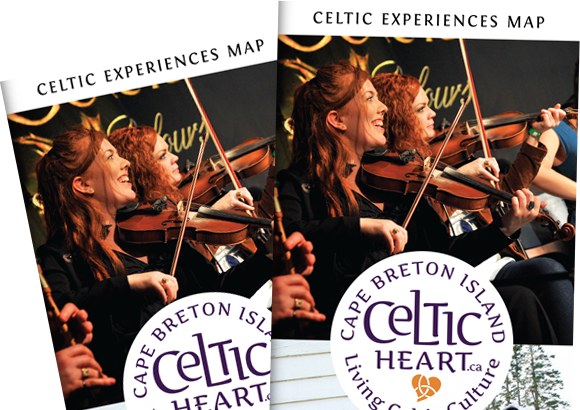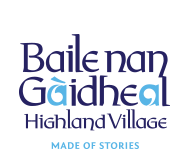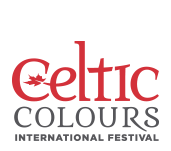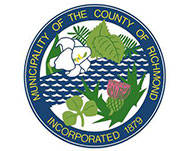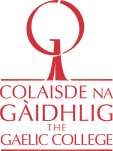Did you know the Gaelic alphabet has only 18 letters?
The Gaelic alphabet does not contain the letters j, k, v, x, y or z. Instead, words that need the sounds those letters produce, blend two letters to get a similar sound – like using ‘CH’ for the ‘J’ sound. When I first learned this, I realized why my grandparents, native Gaelic speakers, always pronounced my name CH-oslyn.
In the Gaelic language, consonants can have more than one pronunciation, depending on where they fall in a word and which vowel comes before it or after.
According to folklore, the letters of the alphabet represented trees and plants and in this way, speakers could teach their children about the things that grew.
Today, English words with the missing Gaelic letters have been incorporated into the language and are pronounced as they would be in English.
A few Gaelic words have become part of the English language – these include whisky, glen, cairn, plaid (no surprise!), clan and shindig. Interestingly, the word slogan– a short, attention-getting word or phrase comes from the Gaelic phrase Sluagh-ghair, whichmeans ‘battle cry’.
Ceilidhs are a pretty common word and experience here, in the Celtic Heart of North America. For those unfamiliar with the ways of ‘having the Gaelic’, it is also a heck of a word to try to pronounce.
‘What’s a seally-duh?’many visitors will ask, when they try to pronounce ‘ceilidh’ with English in mind. They often stare at the word in disbelief when informed that we call it a ‘kay-lee’.
But now, knowing that there is no letter K or Y letter in Gaelic – the spelling makes more sense.
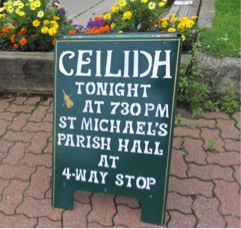
Blog written by Jocelyn Bethune

